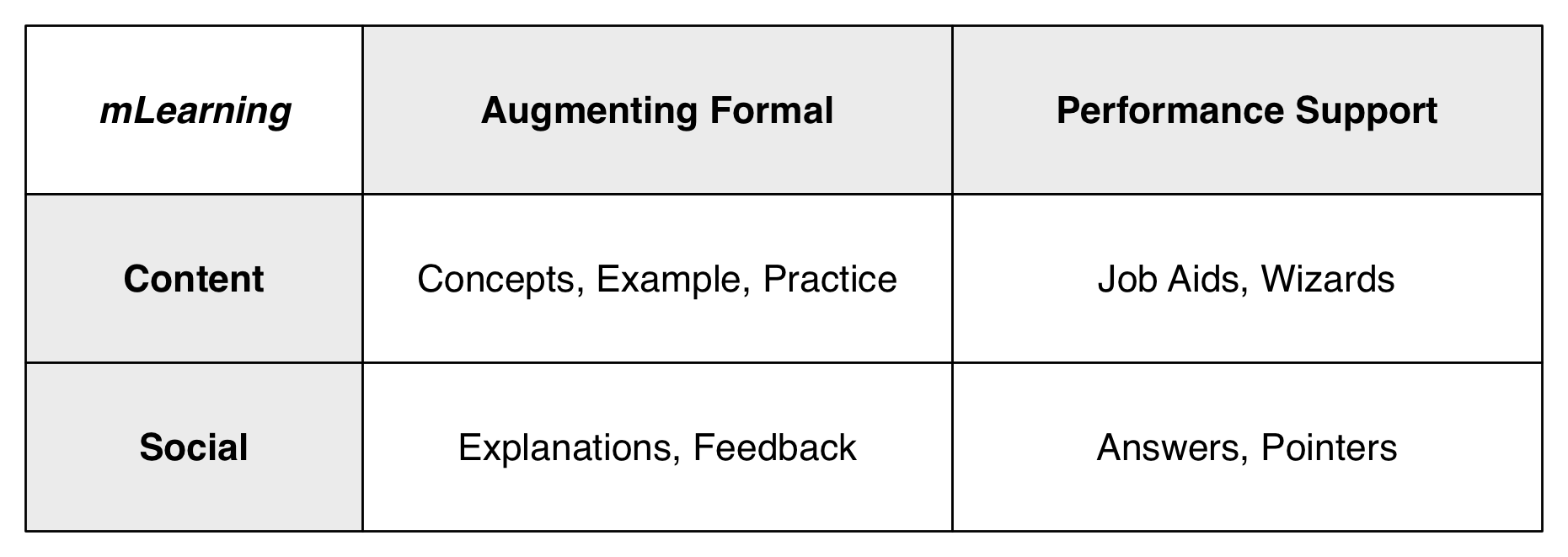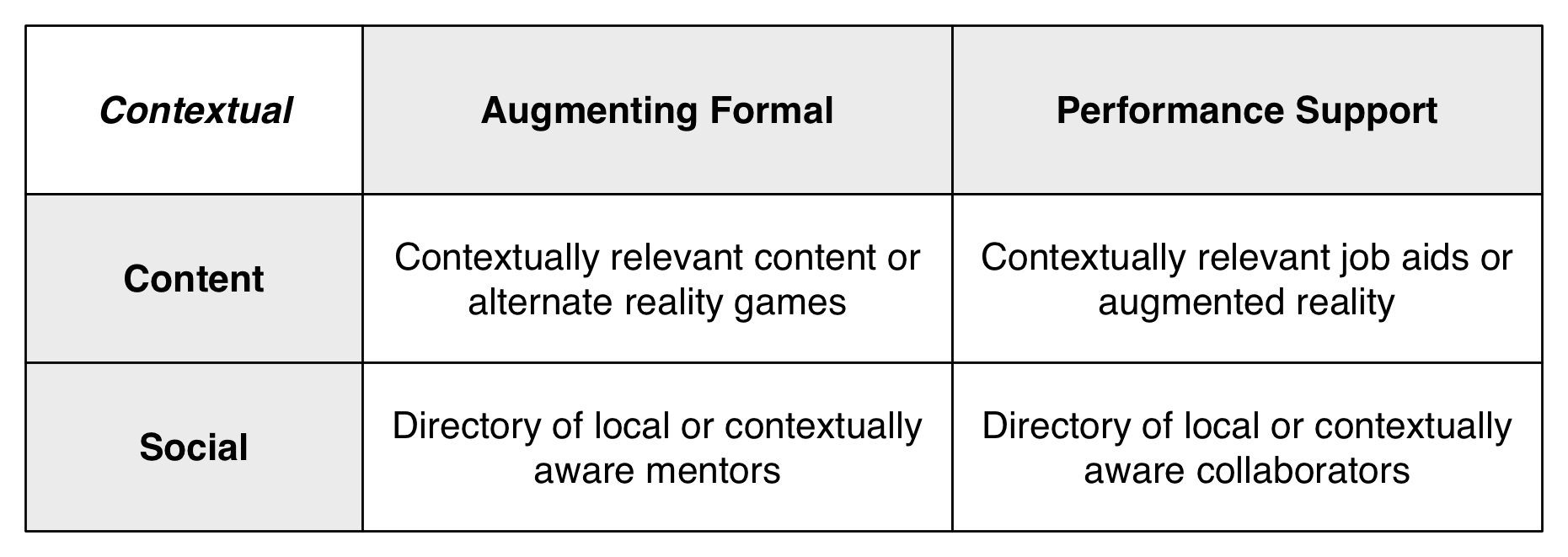In the US justice system, a person is supposed to be read their Miranda rights before speaking to the police. The key catchphrase is, roughly, “anything you say can and will be used against you”. It is a warning that you have the right to the Fifth Amendment and not incriminate yourself. And while that’s a good concept for the US justice, in organizations it can be problematic.
It is a good thing for people to contribute in organizations. The best ideas come from contributions. Innovation, problem-solving, and more are the outcomes of people interacting. Working and learning out loud is very valuable, as others can see how you work and you can get feedback. Also, it should be okay to make a mistake, and share the lesson, so no one else has to make it.
On the other hand, if it is not safe to contribute, people won’t. There’s a decent chance that you’ve worked, or work, in such an organization. Where your contributions can be held against you, where mistakes will only lead to bad outcomes, where sharing your processes and ideas will mean you become expendable. The culture is so aggressive or negative that people just keep to themselves. That’s not to the long-term benefit of the organization, but culture eats strategy for breakfast.
If you want to have a good company, you do not want anything anyone says to be used against them, but instead only used for them. You want it to be safe to share! You don’t want a Miranda organization.
So, in justice, Miranda is a good idea, in organizations it is bad. Make sure you’re using it appropriately.

